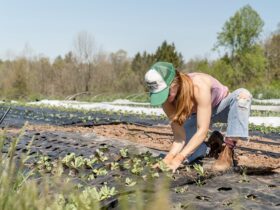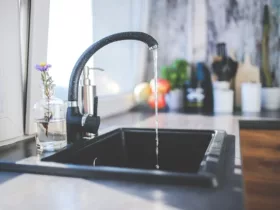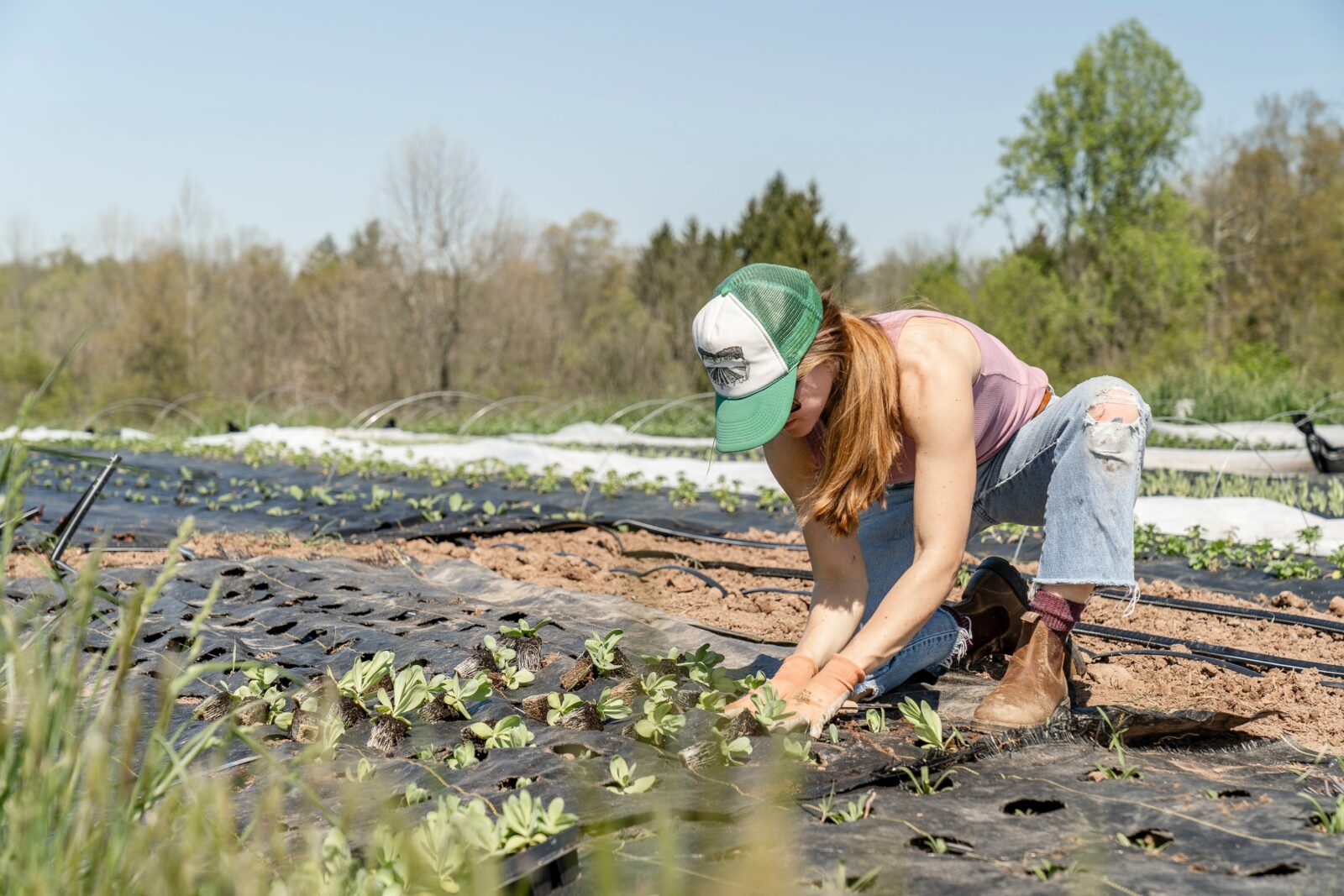We all love gardening, but sometimes it can be hard to know where to start if you have limited mobility. Or what if you’re in a wheelchair? Don’t worry, we’ve got you covered! We talked to some of our favorite disabled gardeners and asked them how they do it. Here are their best tips!
1. Don’t be afraid to ask for help. Gardening is a community activity—it doesn’t matter if you need help digging or if your neighbor wants someone to talk to while they trim their roses. Don’t be afraid to reach out and ask for help in your garden, or offer your help to someone else! You never know when you might make a new friend, or learn something new about gardening yourself.
2. Adjust the height of your plants. If bending over hurts your back, try putting your favorite plants on different levels so that you don’t have to bend down as far (or at all!) Bonus: some plants look great cascading from a hanging basket. It will also make your garden look beautiful and interesting—perfect for those Instagram pics!
3. Use raised beds. Raised beds can be really helpful for people with limited mobility.
4. Keep your space as organized as possible. When you’re working outside, it’s easy for weeds and other debris to accumulate, so make sure to keep your tools organized so it’s easier to find what you need at a moment’s notice! This can also help prevent accidents from happening when someone trips over an item or gets their foot caught on something lying around.
When planning out your garden, keep in mind some basic ideas of universal design to make it easier for anyone—old, young, tall, short, or disabled—to use the space. In general, there’s no need to make it easier for those with disabilities. Everyone benefits from safer, more accessible environments.

























Leave a Reply